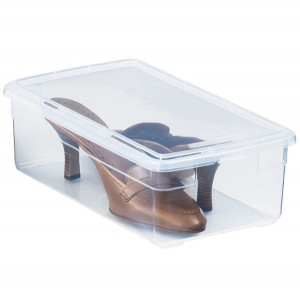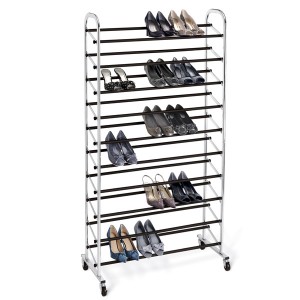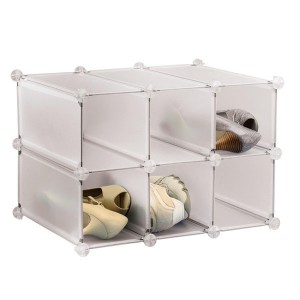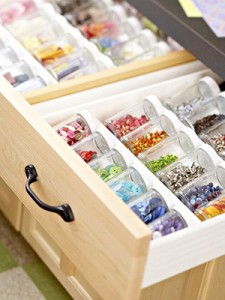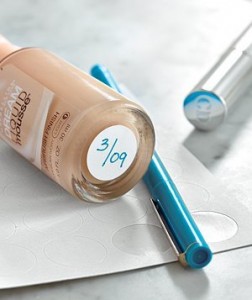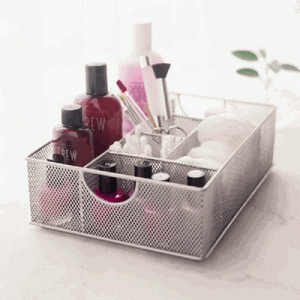If you’re an Atlanta resident, it’s likely that you spend much time in your car. Just like in your home, if you do not maintain an organizational strategy things can quickly get out-of-hand. Luckily, we have plenty of experience with helping to organize cars and have devised a simple 4 step strategy for getting things under control. 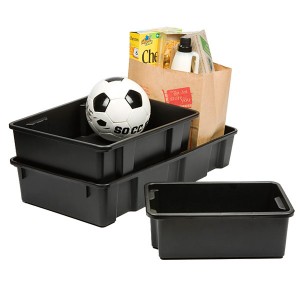
1. SORT & CLEAN: Remove everything from your car and sort through the items to determine what stays and what should be returned to the home. Ideally, you should keep only the essentials, including things you use on a daily basis and/or may need for emergencies. Clothing, personal items, work materials, and kids stuff should be returned to the home as much as possible. Once everything is out of the car, take some time to do a deep clean. It may be a rare opportunity to clean the carpets, bins, and compartments without the clutter, so take advantage.
2. CONTAIN: One of the keys to maintaining an organized car is to set yourself up for success by purchasing or utilizing certain products. A car size wastebasket will ensure that trash is not stuffed in random places. Bins or crates can be used in the trunk to hold umbrellas, emergency items, and other loose belongings. If you often transport sports equipment consider getting an separate box for these items. Finally, behind the seat pockets can hold items for children to easily access while sitting in back. 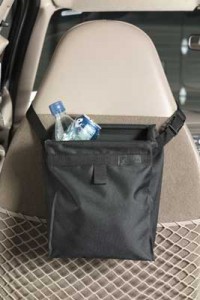
3. ORGANIZE: Once you have gotten the necessary organizing products, begin to refill the car with your belongings. As you do so, consider which items you will need to have easy access to and place them in closer spots. These can include change for tolls, tissues, sunglasses, and garage openers. Items with infrequent use can be stored in the trunk, under seats, and in storage compartments. This is also the time to ensure that your driving/car documents are stored together. A plastic lunch bag can easily contain these papers together in your glove compartment.
4. MAINTAIN: Keep your organizational strategy with a few simple maintenance tips. First, make a habit of removing unnecessary items from the car once per week. Choose one day when you know you will use the car, but also have spare time, and commit to clearing everything out upon parking at home. Second, when you’re filling up with gas, take a few moments to toss the trash and clean out the cup holders. Lastly, discuss with family members who also ride in the car the rules for taking items that they brought in with them, out when they leave.
Happy driving!
TWOW


